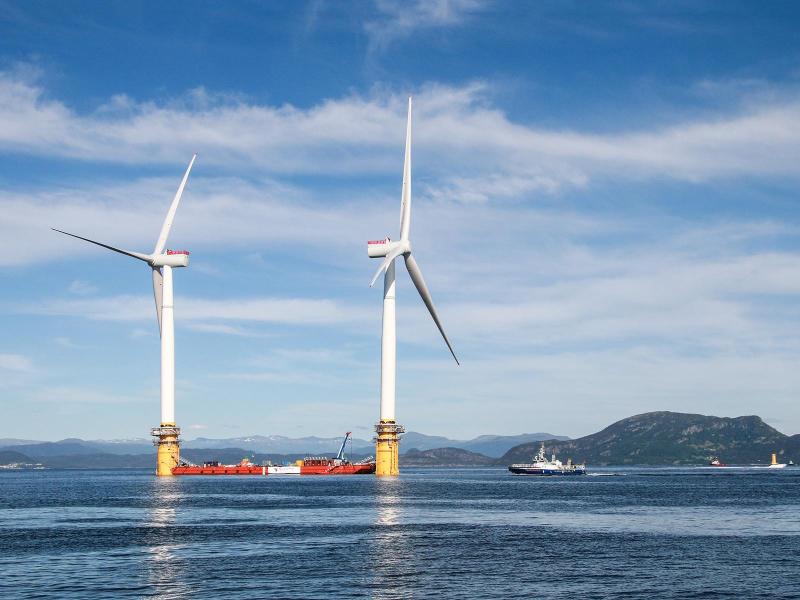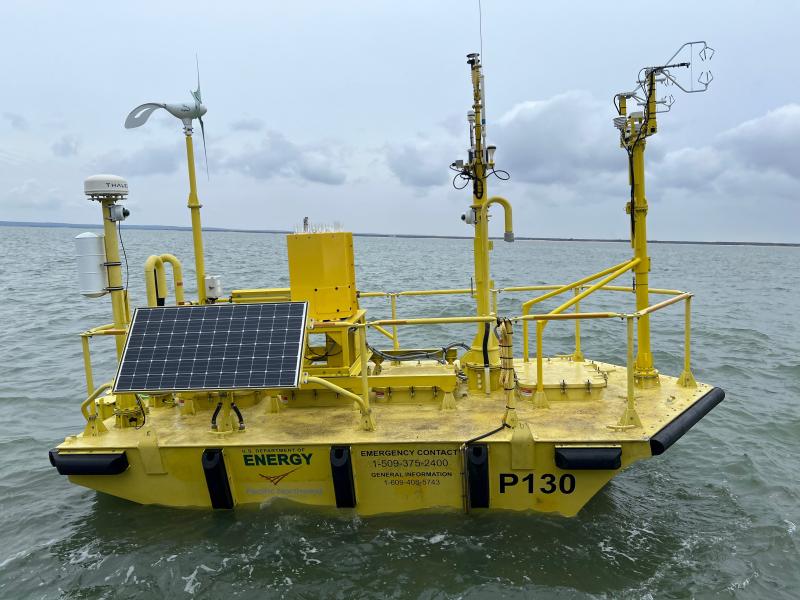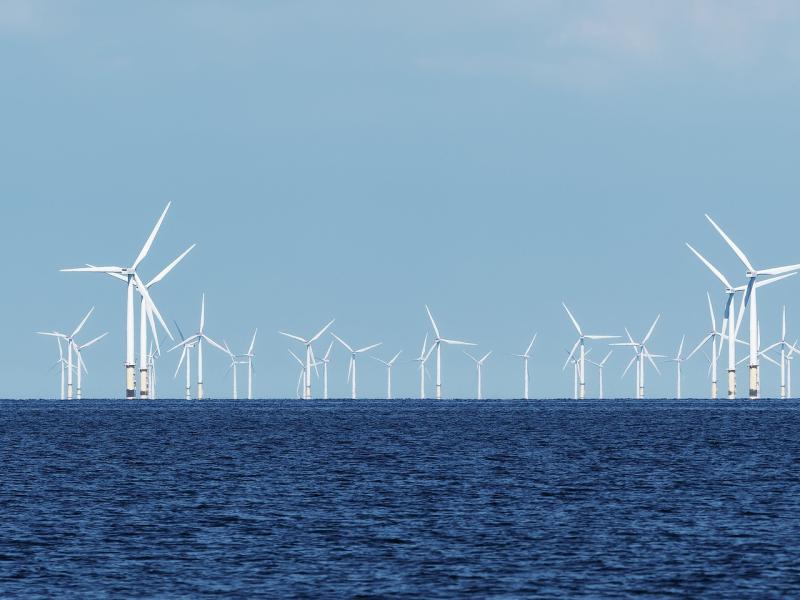
Offshore Wind
Offshore Wind
Harnessing coastal
wind for power
Harnessing coastal
wind for power
PNNL is overseeing the development of technologies and partnering with other national laboratories and industry to further research of offshore wind.
(Photo by Nicholas Doherty | Unsplash)
Breezes blowing off both U.S. coasts are strong and in good supply. These winds offer a low-cost source of energy that, when finally harnessed, could provide 4.3 terawatts of power to U.S. electricity consumers. However, offshore wind energy development still faces several challenges, including reducing costs, mitigating environmental risk, and integrating offshore wind generation into the nation’s power grid.
Since 2011, the Department of Energy (DOE) Wind Energy Technologies Office (WETO) has allocated more than $300 million for development of strategies and technologies to capture offshore wind for national energy use. WETO taps the expertise of wind researchers across the DOE national laboratory complex, including Pacific Northwest National Laboratory (PNNL), to develop and facilitate solutions that help increase deployment of offshore wind projects and keep them running efficiently.
PNNL’s offshore wind research benefits from the expertise of researchers across the laboratory’s wind energy capabilities, including wind resource characterization, environmental monitoring and wind-wildlife interactions, community values and ocean co-use, wind systems integration, and wind data management.
Examples of key offshore wind-related projects and technologies that PNNL leads and supports are:
- Lidar Buoy Program
- Wind Forecast Improvement Project-3
- Tethys
- U.S. Offshore Wind Synthesis of Environmental Effects Research (SEER)
- ThermalTracker-3D
- Offshore Biological Radar Project
- West Coast Offshore Wind Transmission Study
- Atlantic Offshore Wind Transmission Study
- FLOWIN Prize technical assistance
PNNL also leads an Energy Earthshot Research Center entitled Addressing Challenges in Energy: Floating Wind in a Changing Climate, which is focused on floating offshore wind energy. The center features an interdisciplinary team using scientific machine learning to develop a new understanding of meteorological and oceanic conditions to advance the design, control, and grid integration of floating offshore wind.

